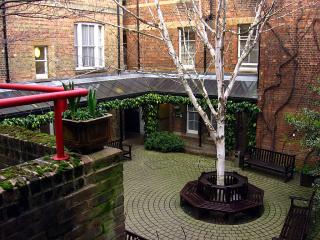
With my departure for Wales only five days away, I have been trying to do a bit of reading about the place. The derivation of the name, from the Germanic word ‘Walha’ meaning ‘foreigner’ or ‘stranger,’ is an interesting one. It makes you think about how perceptions of difference still remain local, despite all of the economic and political integration that has taken place in the last century.
The Walking Club plan includes the strong possibility of climbing Snowdon: the highest Welsh mountain. At 1,085m it is about 150m shorter than the mountain on which my parents live, and about ten times higher than anything close to Oxford. It is also slightly higher than the tallest of the Five Sisters of Kintail, which I hiked with the walking club in August. The fact that Snowdon has one of the highest annual rates of precipitation in England should help to avoid any excessive contrast with Oxford. That said, I am really excited about the prospect of visiting a new place, meeting new people, and climbing some mountains, all over the course of four days. I am not even overly concerned that the draft of my third thesis chapter is due three days after I return.
Thirteen people are going on this expedition, none of whom I know. Judging my my prior experiences with the Walking Club, most of them are likely to be pure or applied scientists. The same was true of the group with whom my mother and I walked in Malta. I wonder why hiking has such a special attraction for scientists.
I will be bringing both my digital camera and one of my film cameras on this expedition, though the black and white T-Max film I have left over from Turkey is not what I would have chosen for a wilderness foray.
PS. I am interrupting my series of daily images from various Oxford colleges. I haven’t had time to explore new ones recently, and the remaining ones are somewhat scattered. That said, I will complete the collection before I leave.


